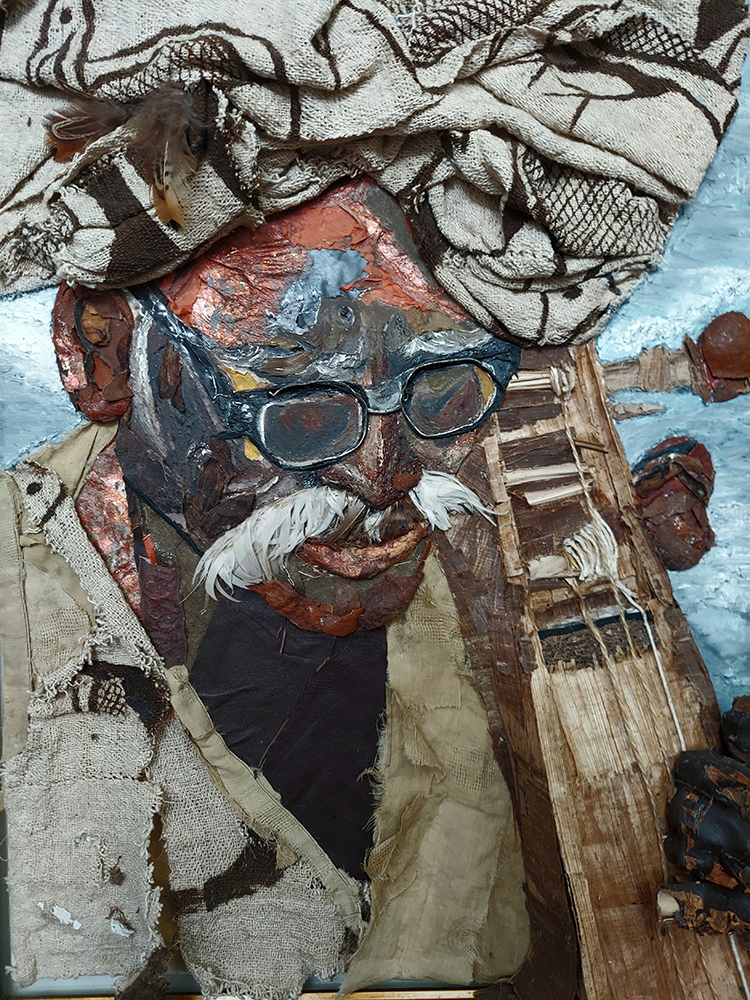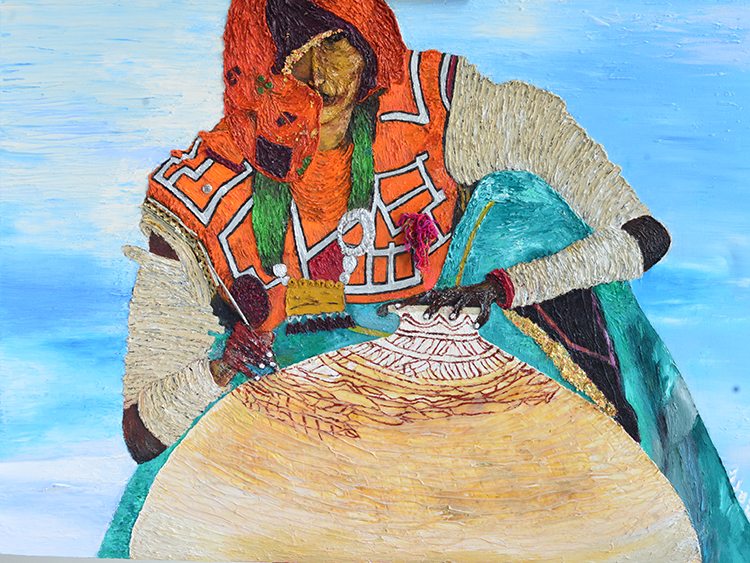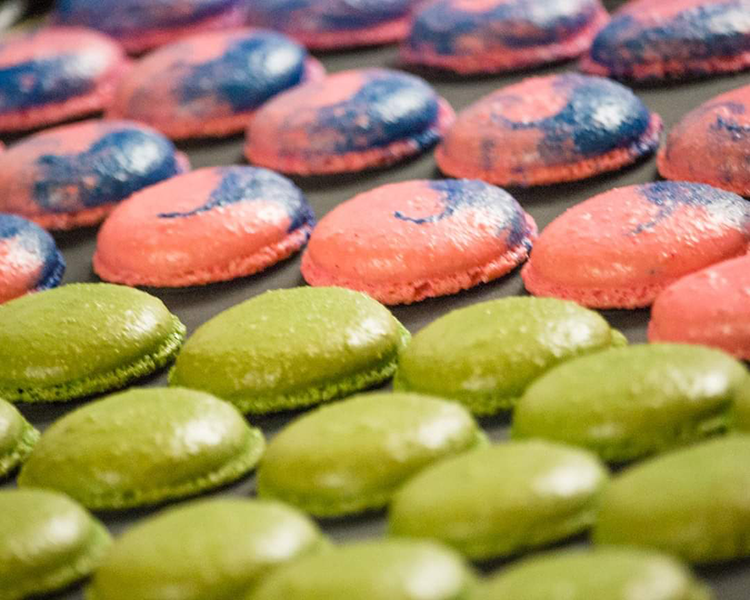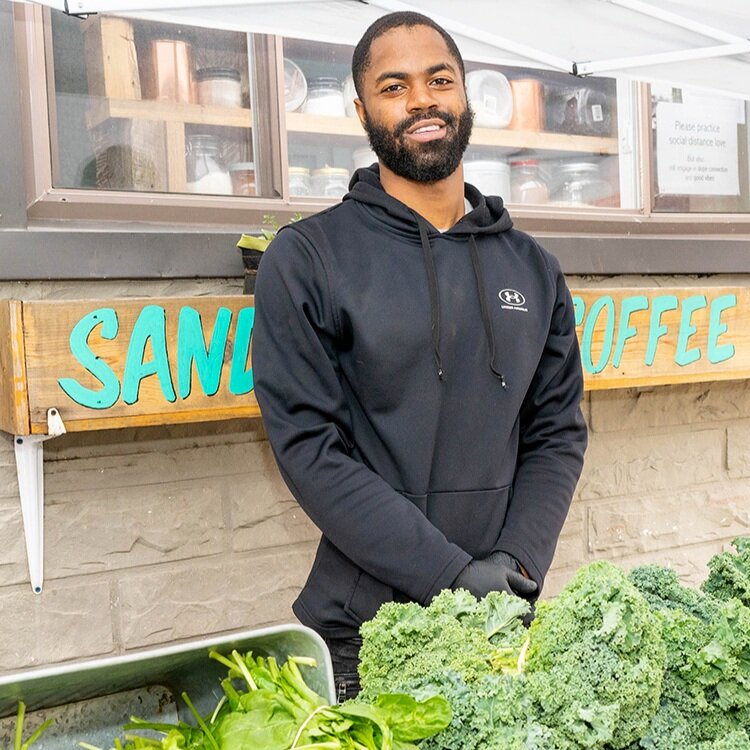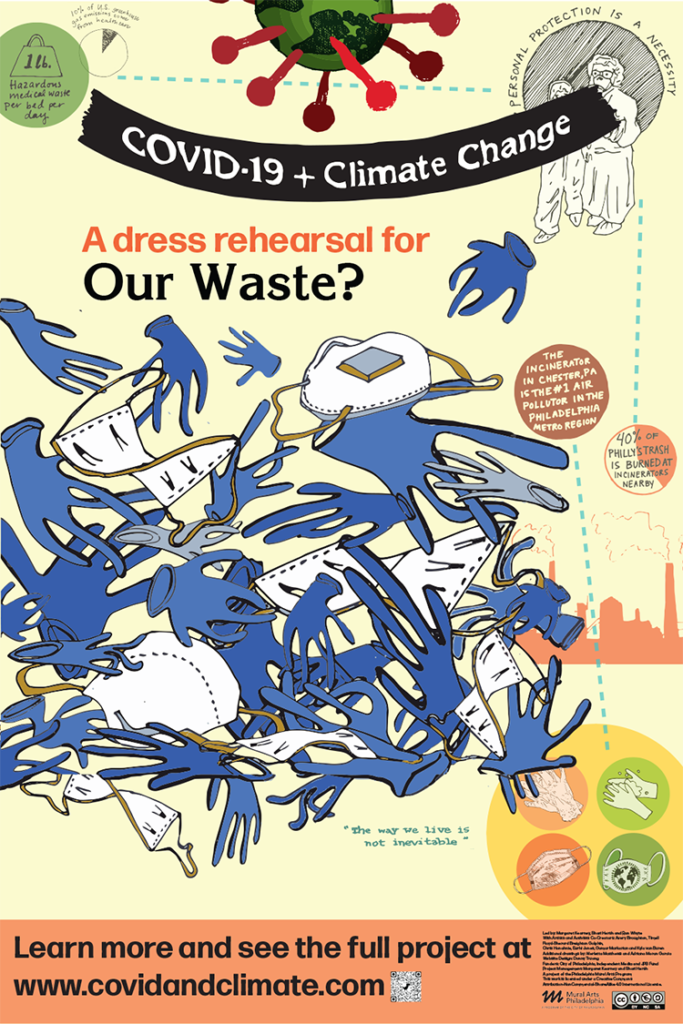Since ancient greece, and maybe earlier, humans have shared stories of wounded healers—people whose own injuries seem to confer upon them the gift of relieving other people’s pain. Multimedia artist Terrence Gore, 56, of West Philadelphia seems such a person.
“Doctors gave me 30 days to live at one point,” he says. “That was 15 years ago.”
In his 20s and 30s, Gore rocketed through life as a chef, hair stylist, interior designer, dancer and world traveler.
“I traveled with my backpack and rollerblades,” he says. “As an artist, I’m curious about other cultures. I’ve gone all over the globe, staying mostly in villages, and I’ve rollerbladed through New York, Paris, Madrid and London.”
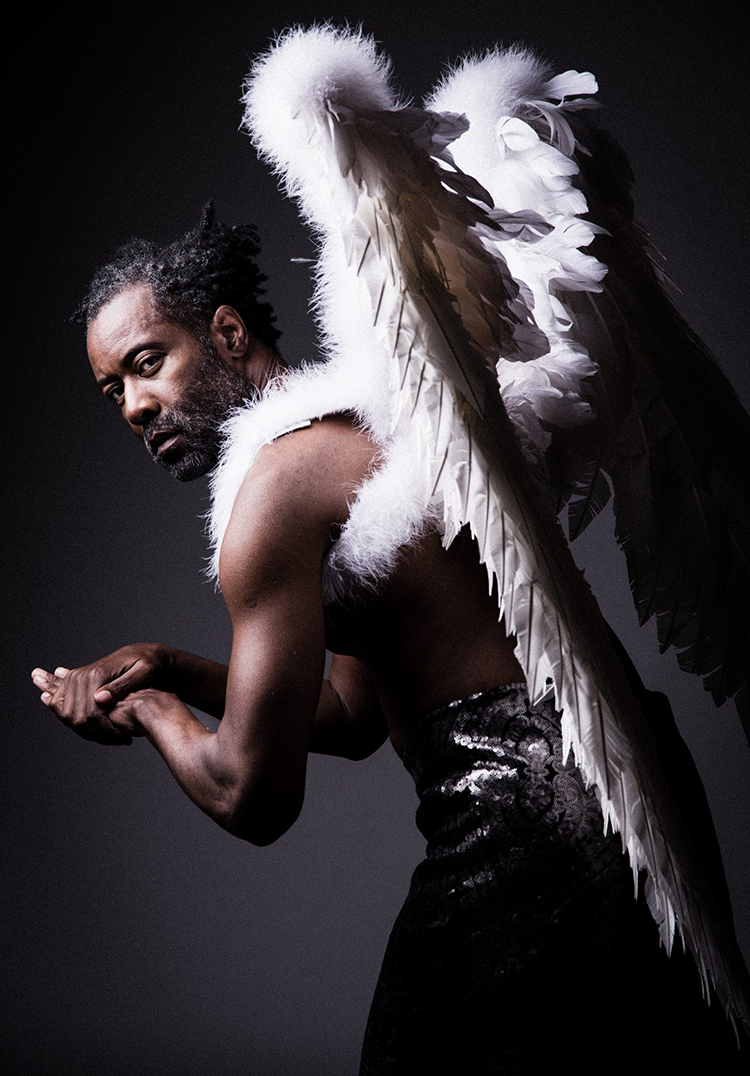
Then in 2005 his life crashed to a halt.
“In dance class, I noticed numbness in my right toe,” he says. “I couldn’t balance. I visited Dr. Shen, a Chinese acupuncturist and naturopathic physician I’d been seeing for years. He examined me and asked if I’d been tested for HIV. When I said, ‘Why would you ask?’ he said that the infection was in my brain.”
By February of 2006 a neurologist confirmed a rare brain lesion called progressive multifocal leukoencephalopathy (PML) caused by HIV.
“By then, my whole right side was weak and I couldn’t work,” Gore says. Days later, he went into a coma that lasted nine days. “When I regained consciousness, I couldn’t speak or move my right side, and I’d gone blind in my right eye. I looked like I’d had a stroke,” Gore recalls.
At first anger consumed him. “I wasn’t a floozy,” he says. “I thought it couldn’t happen to me.”
Hospitalized for a year, Gore gradually regained speech and some vision in his right eye. He asked friends to bring magazines. Right-handed but unable to use that hand, he would ask them to cut out images and then he would use his left hand to place them to create a collage. “I dried out flowers visitors brought me and incorporated them in the collage.”
During his hospitalization, Gore did strengthening exercises and began using a walker, then a cane. He also confronted the challenge of what to tell loved ones. “Some friends advised me to say that I’d had a stroke, not that I was fighting HIV/AIDS,” he says. “I decided to tell the truth, so that young people in my life could make better-informed choices about their activities.”
Battling PML eventually led Gore back to painting and drawing classes, both of which he’d enjoyed as a child, at Fleisher Art Memorial in Bella Vista.
“Every time I thought about what I had lost physically, I would start an art project,” he says.
Like Black self-taught folk artist Horace Pippin (1888-1946), who lost some movement in his right arm due to a wound in World War I, Gore taught himself to paint with his left hand. “Creating art always lifts my spirits,” he says.
He’s had two one-man shows of his multimedia art. In 2017, a collage he created won first prize in The Woodmere Annual at the Woodmere Art Museum in Chestnut Hill.
Gore has lived more than 100 times longer than the usual prognosis of six months from PML diagnosis to demise. That achievement inspired him to start workshops called “The Art of Healing” in 2012.
CULTURE OF CREATIVITY
The Gullah-Geechee culture arose on the Sea Islands of South Carolina, Georgia and northern Florida. Enslaved Black people from West Africa and the Caribbean raised rice, indigo and cotton on coastal and Sea Island plantations, land many whites deemed unhealthy. Scant interference from absentee planters fostered the development of a unique creole language, music, cuisine and crafts.
“The workshops are designed to promote physical, emotional and spiritual well-being,” says Gore, who gave his first workshops at the Painted Bride Art Center in Old City. Some participants seek a spiritual tuneup while others have special needs. “Some attendees have had depression, autism, gunshot wounds and other trauma or illnesses,” he says.
The series of three two-hour workshops includes journaling, movement and collaging with recycled materials. In addition, the venues spill color and scent from flowers, fruits and organic edibles.
“I took a workshop with Terrence a while ago,” says Jeffrey Ford, 56, of Ogontz. “I’m a pretty to-myself kind of guy, and I wanted to go beyond my comfort zone. I left encouraged enough to start a venture that involved taking a busload of people to see a play in New York.”
Gabby Raczka, 32, of Germantown, is an engagement manager for Philly Counts, which supported the U.S. Census of 2020. She took the workshop for self-understanding.
“The room was decorated in a fantastical, beautiful way,” she says. “That was inspiring, and Terrence’s honesty about his condition made it feel safe. He invited us to take part in a meditation, and then ask ourselves what our body or spirit needed for healing. There were lots of tools for self-exploration. At the end I felt more peaceful.”
The workshops’ different media for art making and healing have piqued the interest of the Penn Center for Neuroaesthetics at the University of Pennsylvania, the first research center of its kind in the country. Neuroaesthetics, an emerging area of neuroscience, looks at how the brain responds to aesthetic experiences, such as viewing a painting or a flower, and whether, for example, more beautiful hospital spaces could help patients heal faster.
“We appreciate Terrence’s multi-modal approach,” says neuroscientist Eileen Cardillo, 42, the center’s associate director. “Art isn’t one size fits all.” Cardillo and Gore have just begun conversations about converging interests.
On three successive Wednesdays (June 16, 23 and 30, from 11 a.m. to 1 p.m.), Gore will present workshops at Bartram’s Garden in Southwest Philadelphia, for seniors age 65 and older.
“Seniors have suffered so much loneliness during the pandemic,” he says. “I think of my mother, in her 70s, who’s lived with restrictions to avoid COVID-19.”
As with past workshops, the June series will include meditating, journaling, movement and making collages, but the natural setting may also tap deeply into Gore’s heritage.
“My family members are Gullah/Geechee people from Sapelo Island, one of Georgia’s Sea Islands,” he says. “Healing through nature is part of our West African heritage.”
He hopes that the setting will heighten participants’ healing.
“We all have some ability to heal ourselves,” he says. “‘Garden bathing’ in the sounds and scents at this site and using materials from the natural world for collage making can help that happen.”
The June workshops are free. For more information about them and other upcoming events, visit terrencelgore.com, email aneye4it64@gmail.com or call (267) 304-3970.



